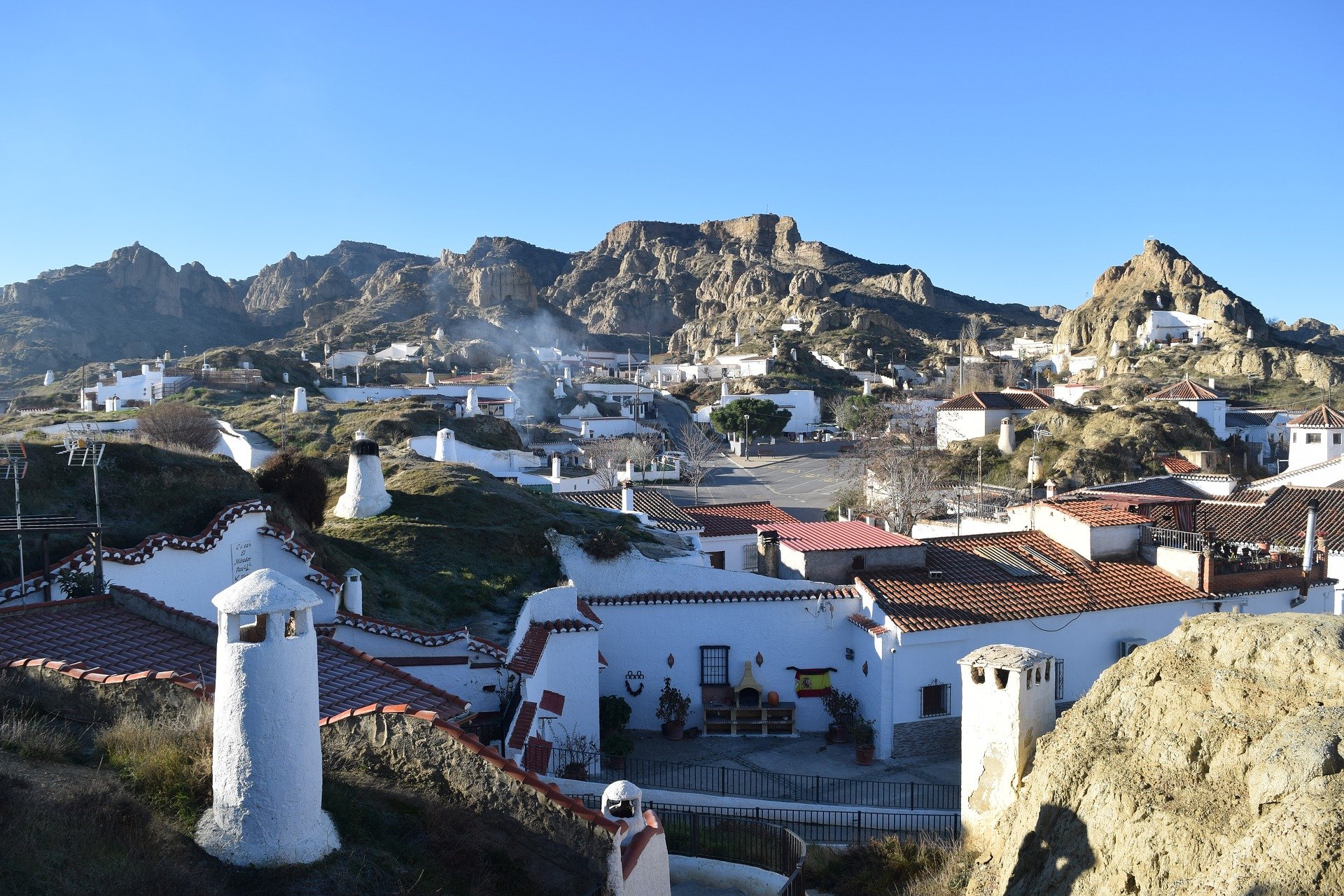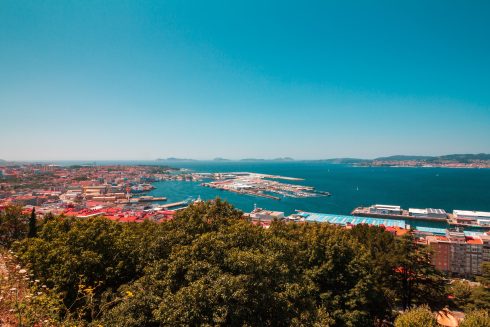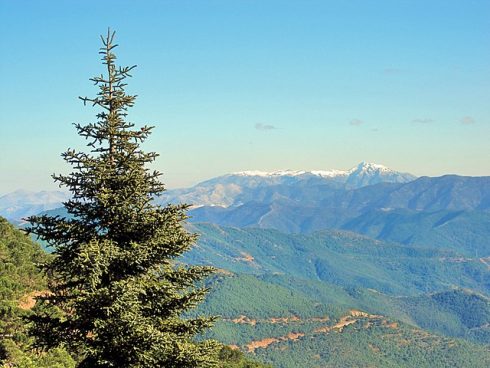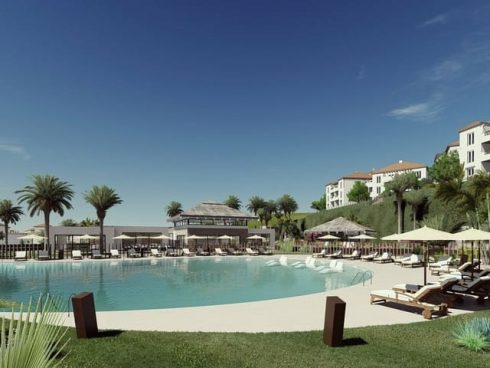Looking for surf, textiles or utopia? You’re in luck. If you find yourself in the region with nowhere particular to go, try these.
Utopia: Marinaleda
Also known as the ‘communist utopia’ of Spain, this tiny village has been governed by ‘Robin Hood mayor’ Juan Manuel Sánchez Gordillo for the past 40 years. After the death of Franco in 1975, the town had over 60% unemployment and its inhabitants were starving. The Marinaleños formed their own trade union and political party, and in the 80s the townspeople began occupying land around the village owned by absent aristocrats. Today, workers earn more than double Spain’s minimum wage, they have their own voluntary police force and nearly no unemployment.

Olive groves: Ubeda
The province of Jaén is in the middle of the biggest olive growing region in Andalucía; its trees grow half the yearly production of olive oil. The beautiful small towns of Úbeda and neighbouring Baeza are recognised as UNESCO world heritage sites. They are filled with charming Renaissance style architecture, stone walled squares and the rustic 16th century Hospital de Santiago. Explore the nearby Sierras de Cazorla which is covered in dense pine forests and has some of the rarest wildlife in Andalucía such as bearded vultures and red deer.
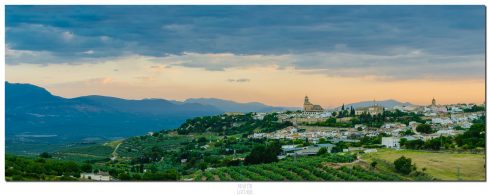
Best Surf: Conil de la Frontera
If you want to visit a picturesque white-washed village with some of the best surf in Spain, this is the place to go. Close to Cadiz and facing the Atlantic Ocean, the mellow low waves are suitable for beginners, long-boards and mid-lengths.
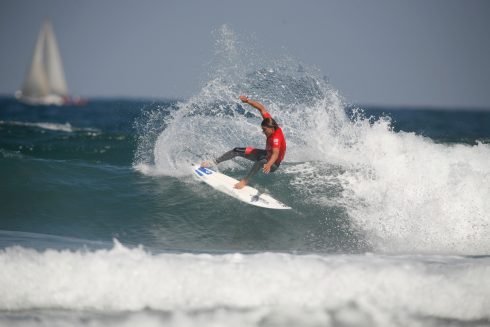
Troglodytic cave houses: Guadix
There are over 2,000 underground dwellings in this troglodytic village near Granada, with famously friendly inhabitants. Most of the homes are dug into the earth with painted long chimneys which stick out of the earth, protecting villagers from the sweltering sun. Guadix is built on one of Europe’s oldest settlements, dating back to the Stone Age. The village standing today was built by the Romans to mine silver and was later occupied by the Moors in the 1200s. Some of the caves are believed to have been built in this period and are over 1000 years old.
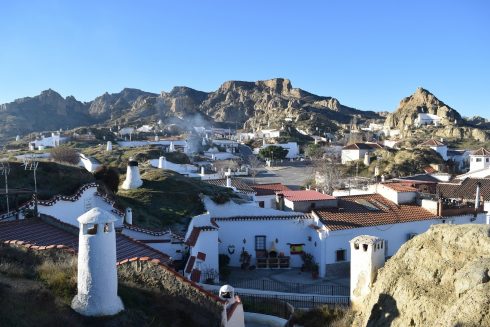
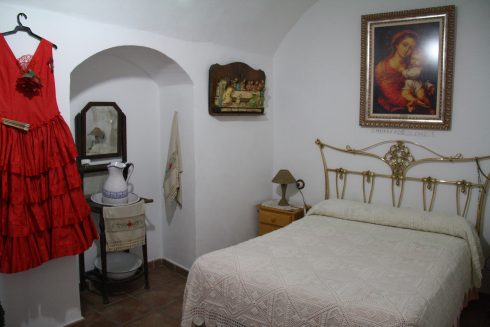
Ceramics and textiles: Nijar
In Almeria within the Sierra de Alhamilla lies the village of Níjar, known for its long history producing ceramics and Jarapas a part of its Moorish heritage. In its pottery quarter, Barrio Alfarero, there remains three original ceramic workshops.
They still use traditional methods for glazing; yellow comes from iron, green from copper, blue from cobalt ect… Jarapas, rugs made from fabric off-cuts, can be found on most corners and there are still a few craftspeople weaving them the way their parents and grandparents have done before them.
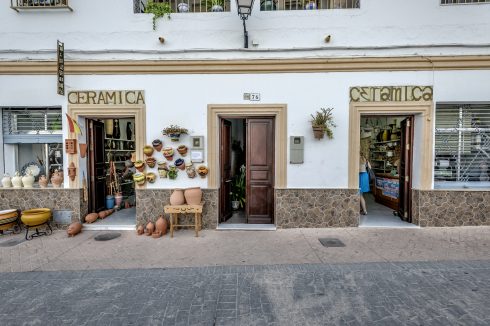
Bit of history: Casares
Casares is known as one of the most famous Pueblos Blancas for its beauty and proximity to the coastline of the Costa del Sol. However it also has an unusual and interesting history. It is said that the town is named after Julius Caesar, who ruled from 63 and 60 BC, and had a special relationship with the village after he visited the Roman Sulphur baths of Hedionda and cured his skin infection. During the civil war Casares fell to the National army in 1936. Villagers fled by foot to Marbella and Malaga and after returning soldiers and villagers were imprisoned and executed for their socialist political beliefs. They are buried in two mass graves located in Cerro de la Horca and Arroyo Marín.
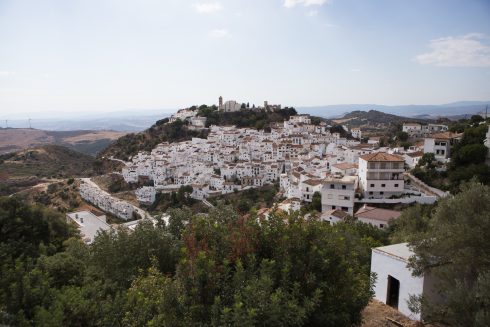
Coves and caves in Malaga province: Nerja
Previously a tiny fishing village before it got put on the map for its stunning coastline of cliffs and white sandy beaches. Just west of Malaga, near Granada and Antequera, it’s easy to travel to for a weekend getaway. Whilst there enjoy the traditional white washed village and shoreline as well as the caves found in 1959 by local teenagers looking for bats. There are 589 cave paintings, which are thought to be from the Upper Paleolithic period.
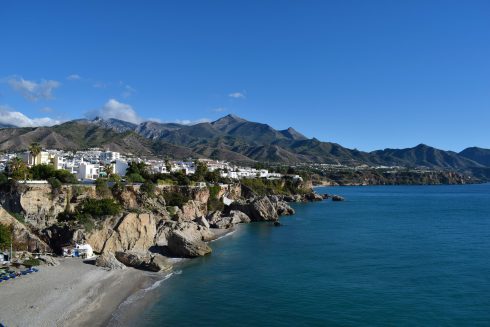
Read more: Why these pueblos in Spain should be on your travel bucket list this summer
Two towns in the Valencia region among the prettiest fishing villages in Spain
GET AWAY: Five suggestions for Easter travel in Spain’s Valencia region

